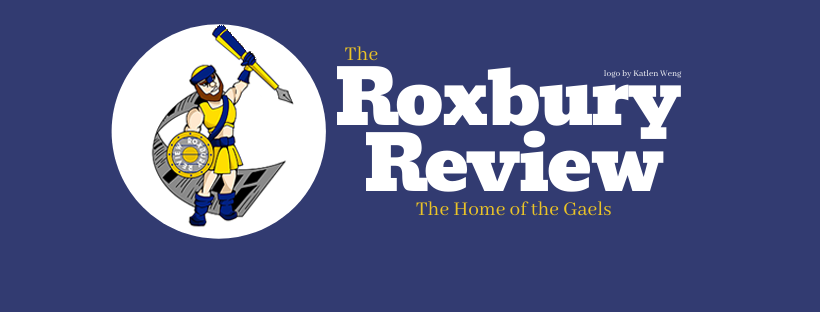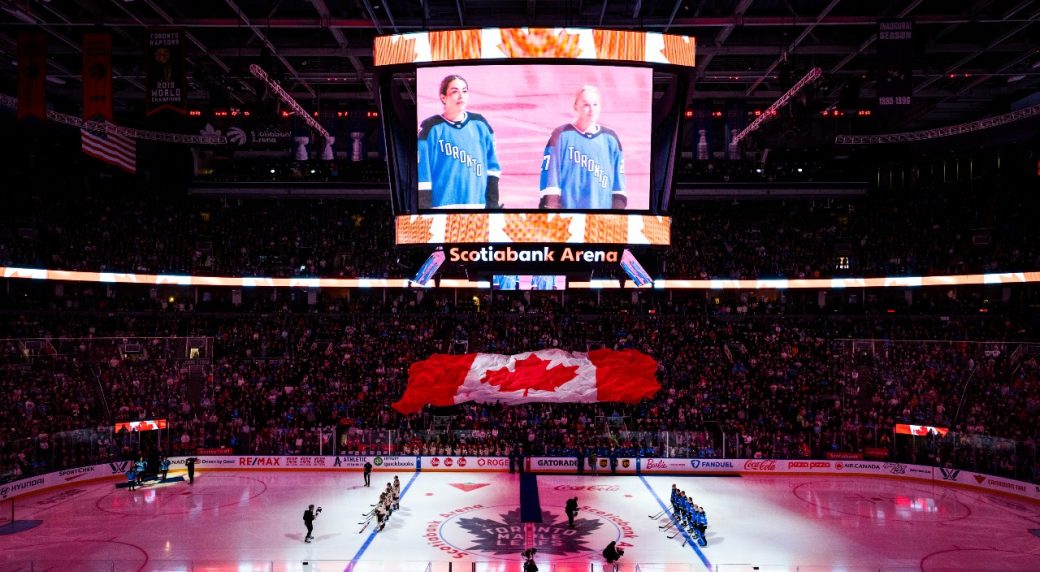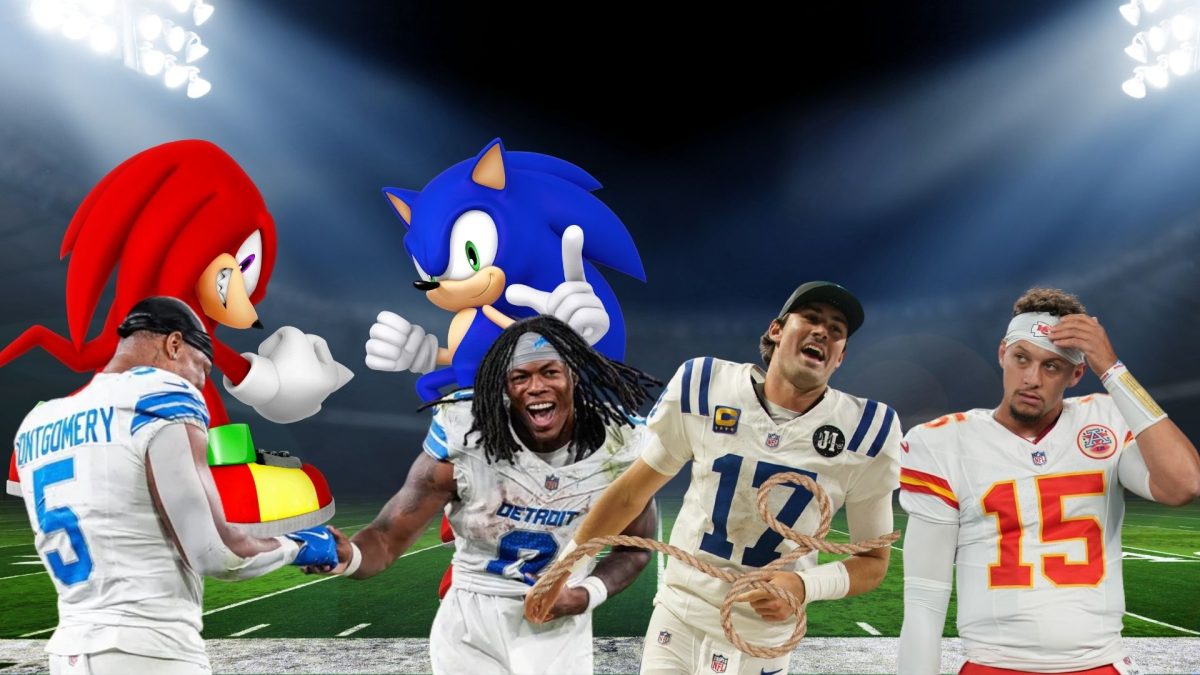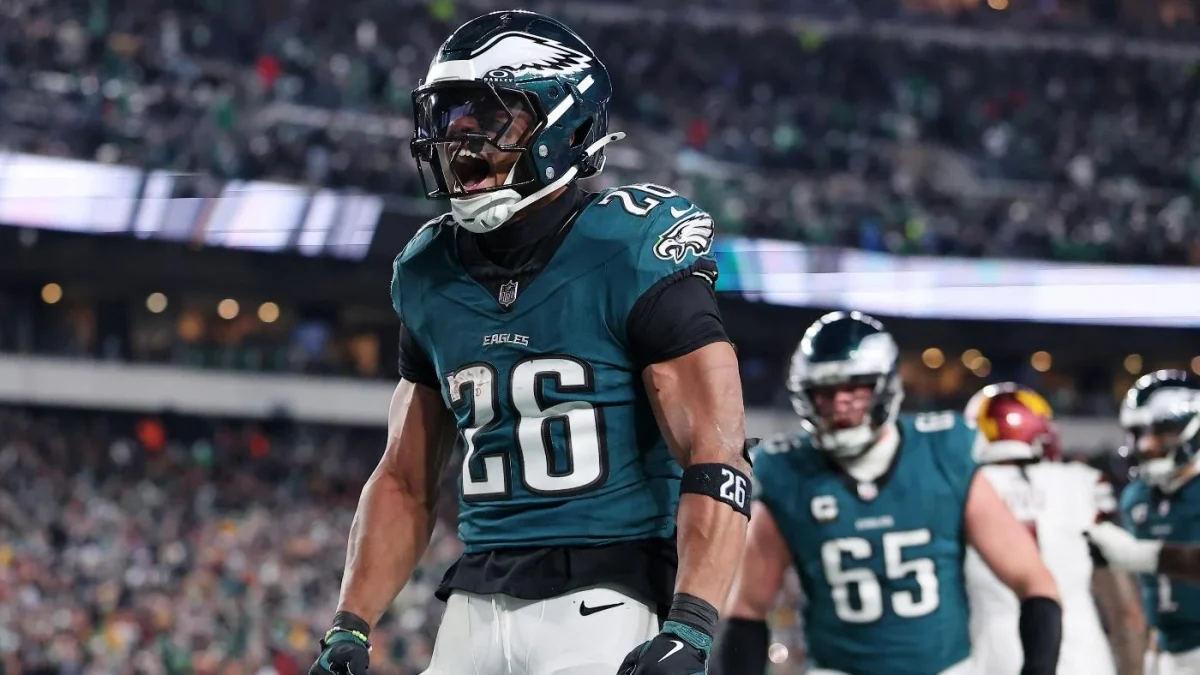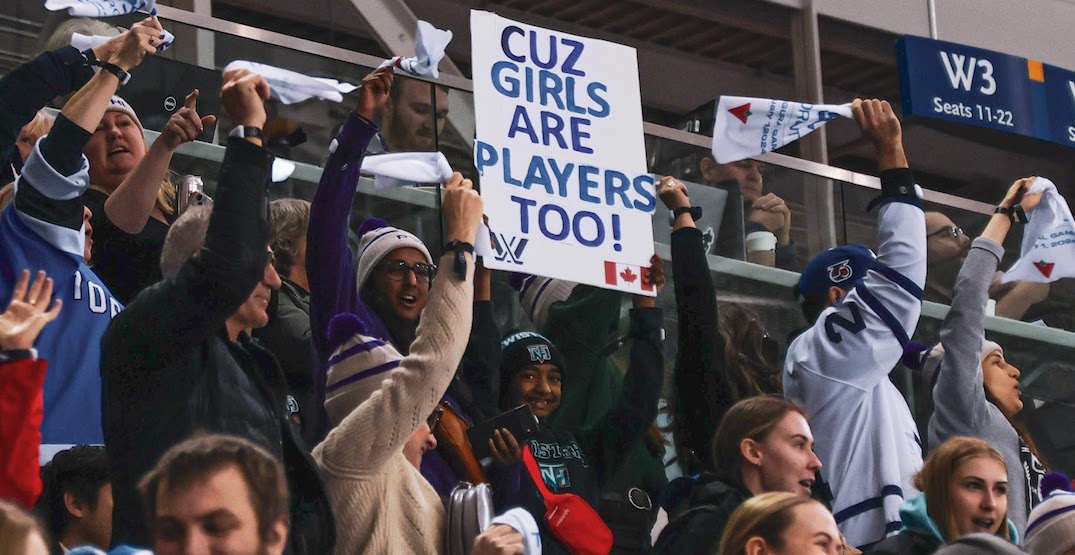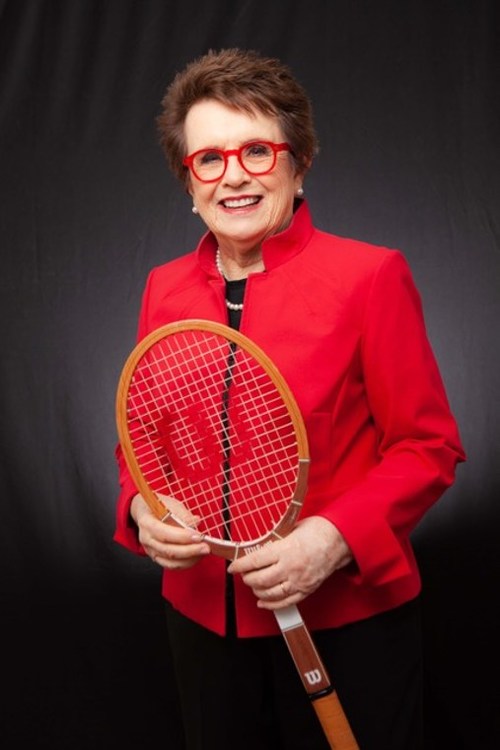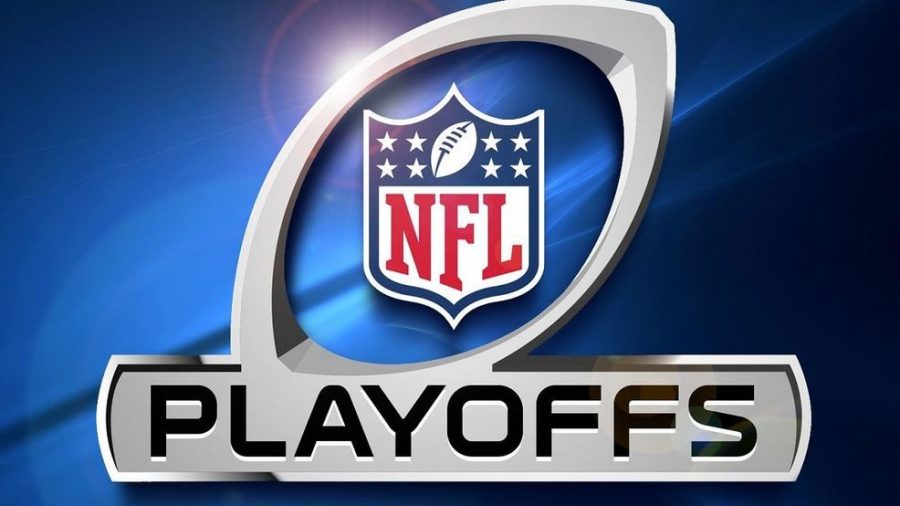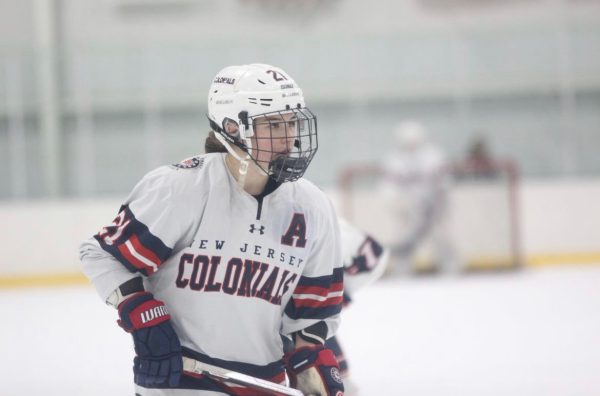The pay gap between men’s and women’s sports is a significant issue that has gained a lot of attention in recent years. This disparity refers to the difference in earnings between male and female athletes, which can be seen across almost every professional sport. The salary gap between men’s and women’s sports dates from the 20th century to the 21st century, and here, we will look deeper into this real-life dilemma.
In this article, we will look at the popularity difference between men’s and women’s professional sports. Essentially, we will find out why there are more revenues, crowds, media coverage, and recognition in general.
Throughout these articles, we are focusing and arguing on the salary gap between men’s and women’s sports. Not only is there a massive difference in salary, but revenues, recognition, crowds, arenas, merch, and much more; we will focus on the details of that.
A new USC/Purdue University study published that most sports news or highlights shows are made up entirely of sports stories. An example of this is how “95% of total television coverage as well as the ESPN highlight shows SportsCenter focused on men’s sports in 2019.” Although the revenues and popularity are also nowhere near where they should be, it has improved very slowly over the past few years.
In my interview with PWHL star Hayley Scamurra, she stated “The amount of growth we’ve had is just absolutely incredible. We are nowhere near where we’d like to be, but I think when I first started pro in 2017-2018, I made at most maybe $5,000 in a year, and then this year average salary is around $50,000, so just in that sense alone the growth has been incredible.”
As an example of what Hayley has stated, when the PWHL came out with their inaugural season last year trying to give the sport more visibility for women, they smashed the attendance records. On January 2nd, 2024, the PWHL broke the all-time women’s hockey record with 19,285 fans in Toronto. Not only was this the women’s ice hockey record this time, but the all-time attendance record in Toronto.
Although that record was broken because the league had just come out, this just goes to show how many people want to show up for not only women’s hockey but also women’s professional sports. The revenue and exposure are still nowhere near where they should be, but this was incredible growth to see.
Shining away from women’s professional ice hockey, the 2019 US Women’s Open had a record-setting attendance of 737,919, but why are the numbers still not equal? Billie Jean King, who was America’s No.1 Tennis player in 1943, is a board member of the Professional Women’s Hockey League. Billie won 39 Grand Slam titles (12 in singles, 16 in women’s doubles, and 11 in mixed doubles). She is known for her legendary tennis play and has always been in the fight for gender equality in sports and society.
The Olympic Games are different, though. While it wasn’t always the case, the Olympics are now quite inclusive. The 2020 Tokyo Games were dubbed “the first-ever gender balances Olympics” and Team USA sent more female athletes than male. The Olympic games are a great opportunity for female athletes to show athletic skill, receive national pride, and show examples of global unity and diplomacy. But they’re something else too: a chance for female athletes to finally get the same attention as males do.
This is known as hegemonic masculinity, which is a concept of gender studies that explains how and why men maintain dominant social roles over women. Essentially, this is the idea on a basic level, that we are taught males are superior to women. We see this play out often in the world of sports, but also everyday life. Sports broadcasting is in general highly gendered, and highly pointed toward men, with female athletes receiving a fraction of the media attention than their male counterparts do.
Now that we’ve explored examples of how we’ve grown in the past few years improving our gender equality in sports in general, we can continue to grow and give women the same recognition, salary, and revenues as men have.
